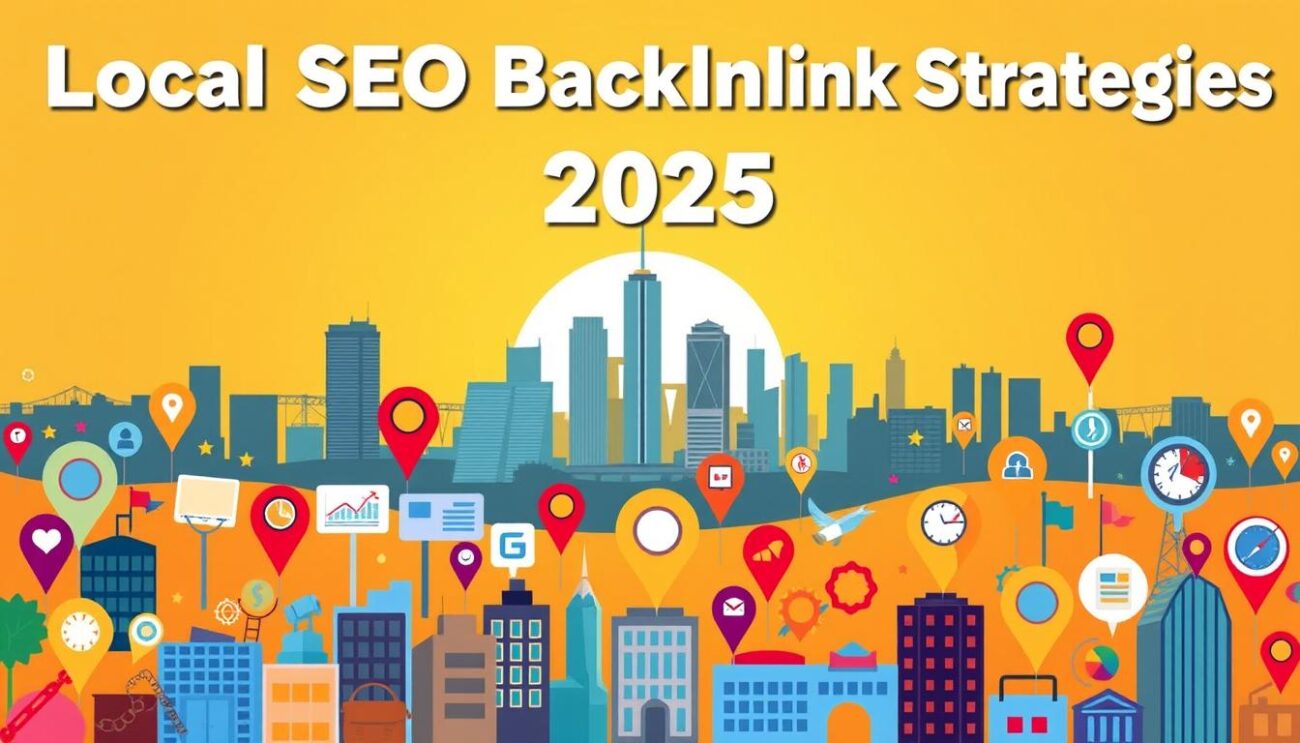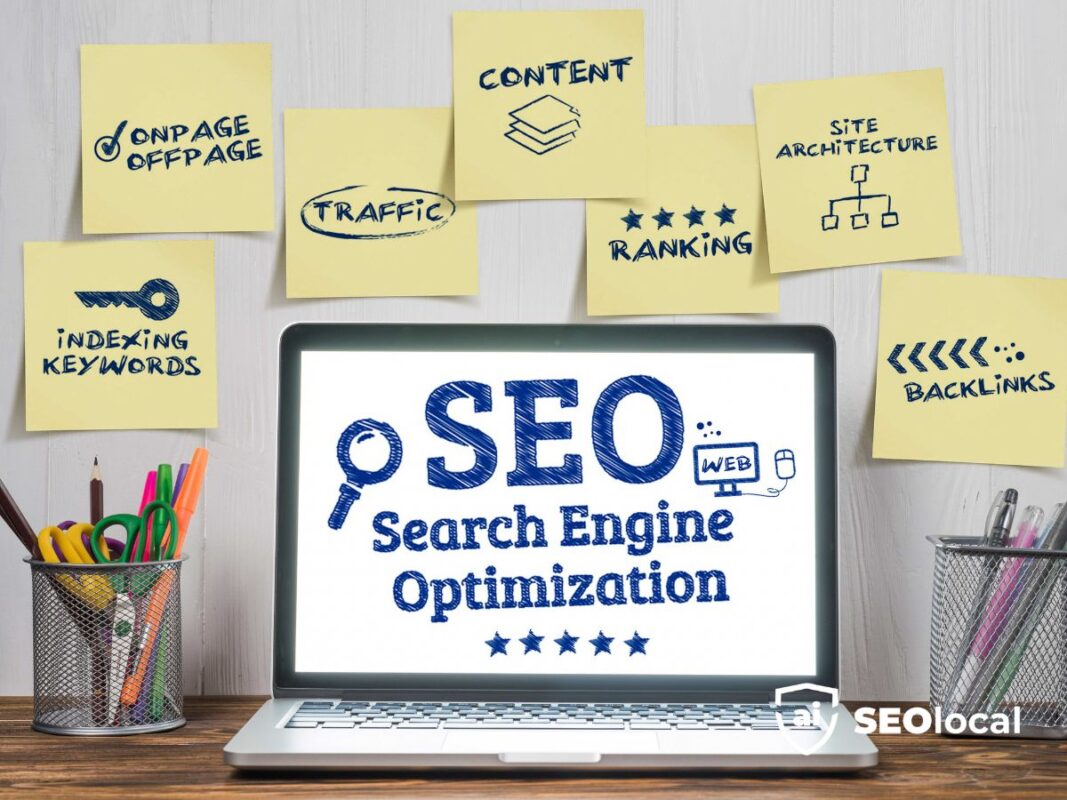- Advanced Local SEO Strategies
- Fundamentals of Local SEO
- Google Business Profile (GBP) Optimization
- Local Keywords and Content Strategy
- Local Link Building
- Local Paid Advertising
- Local Search Ranking Factors
- Local SEO Best Practices
- Local SEO Tools and Analytics
- Local Social Media Marketing
- Online Reviews and Reputation Management
- Technical SEO for Local Businesses
Optimizing Your Content Using Local Intent Keyword Modifiers

Did you know 78% of searches for nearby products or services lead to an offline purchase within 24 hours? This staggering statistic reveals why businesses that ignore location-based optimization risk losing customers to competitors who speak directly to their audience’s needs.
Search engines prioritize results that match a user’s immediate surroundings. For instance, someone typing “emergency plumber” into their phone likely wants help within their city—not a national directory. Tailoring your content with geographic cues bridges this gap between search queries and real-world action.
Mobile devices have reshaped how people find solutions. Over 60% of “near me” searches occur on smartphones, with users expecting instant, relevant answers. By incorporating area-specific terms into your strategy, you align with these habits and increase visibility in Google’s local pack—the top three map listings that dominate search results.
This approach isn’t just about rankings. It connects you with high-intent shoppers ready to convert. A bakery using neighborhood names in its content will attract nearby dessert seekers faster than one relying solely on generic phrases like “best cupcakes.”
Key Takeaways
- 78% of location-based searches result in offline purchases, highlighting the value of geographic targeting.
- Mobile users often include neighborhood or city names when searching for immediate solutions.
- Area-specific terms improve visibility in Google’s local pack and map results.
- Content tailored to regional queries attracts visitors more likely to visit physical locations.
- Search algorithms prioritize businesses that align with a searcher’s proximity and intent.
Understanding Local Search and Intent
When looking for a nearby service, how you phrase your query matters. Terms like “24-hour pharmacy” or “dog groomer near me” reveal what you need and where. This is where geographic-focused phrases come into play, connecting businesses with nearby customers.
What Are Local SEO Keywords?
These are phrases people use to find products or services in specific areas. For example, “Brooklyn coffee shop” targets a neighborhood, while “HVAC repair” becomes localized through a user’s device data. Unlike general terms, these phrases include regional references or rely on context to match searchers with nearby solutions.
Explicit vs. Implicit Keywords
Explicit phrases directly name a location, like “Miami beach rentals.” Implicit ones, such as “pediatrician open now,” depend on signals like GPS or search history. Google uses five factors to pinpoint implicit location:
- Device GPS coordinates
- Saved addresses in apps
- Recent activity (e.g., past searches)
- IP address regions
- Labeled places in Google Maps
Both types help businesses reach ready-to-act customers. A mix ensures you appear whether someone searches “San Diego yoga studio” or just “yoga classes.”
Defining Local Intent Keyword Modifiers
What makes your business stand out in search results? It starts with pinpointing the exact words customers use to find solutions you provide. Core phrases act as the foundation—they’re the essential services or products you offer.
Identifying Your Core Terms
Start by listing your primary offerings. A hair salon might focus on “haircuts” or “color treatments,” while a law firm could use “legal advice” or “case evaluation.” These foundational phrases form your core terms.
Think about how clients describe what you do. If you repair appliances, terms like “fix refrigerator” or “oven maintenance” might resonate. Align these phrases with what people actually search for—not industry jargon.
Extending with Strategic Additions
Once core terms are set, enhance them to match specific needs. Add descriptive words that answer “how,” “when,” or “why” someone needs your service. For example:
- Quality: “Expert furnace repair”
- Urgency: “24/7 locksmith”
- Budget: “Affordable tire rotation”
- Action: “Book massage therapy”
These additions narrow the focus, attracting visitors closer to making decisions. A bakery using “custom birthday cakes” instead of just “cakes” targets precise requests while facing less competition.
Mix and match different enhancers to cover varied search habits. This approach ensures your content answers both general inquiries and detailed queries, capturing traffic at every stage.
Strategies for Effective Local Keyword Research
Uncovering the right phrases your audience uses requires blending creativity with analytics. Start by exploring how customers describe their needs in everyday language rather than industry terms.
Brainstorming and Gathering Ideas
Put yourself in your customers’ shoes. What questions would they ask when searching for your services? Use Google’s autocomplete feature by typing core terms like “dentist” followed by your city name. Related searches at the bottom of results reveal additional variations.
Check your Google Business Profile for actual queries people used to find you. This goldmine shows real-world phrasing you might overlook, like “same-day tire repair” instead of generic terms.
Utilizing Research Tools and Data
Free tools like Google Keyword Planner highlight search volume and competition levels. Filter results by location to prioritize area-specific phrases. For example, “emergency roof repair” might have lower competition when paired with neighborhood names.
Analyze competitors’ content through platforms showing their top-ranking terms. Look for patterns in how they structure service pages or blog posts. Combine this with local directory listings to spot recurring phrases worth targeting.
Organize findings by relevance and difficulty. Focus on terms balancing decent search volume with achievable rankings, ensuring they align with your business priorities.
Implementing Local Intent Keyword Modifiers in Your Content
Want your business to appear when customers search nearby? Strategic placement matters. Start by embedding geographic terms in critical on-page elements like page titles and headers. For example, “Emergency Plumber Denver” clearly communicates your service area while improving search visibility.

Smart Placement Without Overload
Focus on three key areas: titles, headers, and opening paragraphs. Mention neighborhoods or ZIP codes naturally when describing service areas. Instead of forcing “Chicago” into every sentence, reference nearby landmarks like “near Wrigley Field” to reinforce geographic relevance.
Create dedicated pages for distinct service-location combinations. A bakery might have separate pages for “Custom Cakes Lincoln Park” and “Wedding Desserts Lakeview.” This avoids content overlap and helps search engines understand your reach.
Use secondary terms like “affordable” or “same-day” to capture varied queries. For instance, “24/7 HVAC Repair Downtown” addresses urgency and location. Balance these phrases to maintain readability while covering multiple search patterns.
Update existing pages by adding service area maps or client testimonials mentioning specific streets. This approach strengthens location signals without awkward repetition. Remember: content should guide readers first, with search engines benefiting from clear, natural language.
Optimizing Your Business Profile for Local SEO
Your online presence needs to mirror real-world accessibility. A well-structured Google Business Profile acts as a digital storefront, connecting customers with your physical location and services. Let’s explore actionable steps to refine this critical asset.
Enhancing Your Google Business Profile
Start by crafting a business description that blends clarity with search-friendly terms. Mention your primary offerings and geographic reach without sounding robotic. For example, “Family-owned bakery serving fresh sourdough in downtown Austin since 2012” includes location, service, and expertise.
Select categories that precisely match your services. If you offer multiple specialties, prioritize the most searched terms first. A roofing company might choose “Roofing Contractor” as its primary category and “Storm Damage Repair” as secondary.
Contact Details and Consistency
Ensure your name, address, and phone number (NAP) match exactly across your website, directory listings, and Google Business Profile. Even minor discrepancies—like abbreviating “Street” as “St.”—can confuse search algorithms.
| Optimized Profile | Unoptimized Profile | Impact |
|---|---|---|
| High-quality photos with names like “custom-cakes-chicago.jpg” | Generic filenames like “IMG_1234.jpg” | Boosts relevance for image searches |
| Service areas set to specific ZIP codes | Entire city selected | Targets high-conversion neighborhoods |
| Reviews mentioning “same-day AC repair” | Generic “great service” reviews | Strengthens keyword associations |
Define your service area based on where you actually operate. If you cover multiple cities, list them individually rather than using a broad radius. This prevents mismatched expectations and improves map visibility.
Encourage customers to leave detailed reviews. Phrases like “fixed my plumbing leak in under an hour” provide context that search engines value. Respond promptly to feedback—it shows engagement and builds trust.
Leveraging Advanced Tools and Competitive Analysis
Competitor analysis isn’t about copying—it’s about uncovering hidden opportunities in your market. Tools like Site Explorer let you dissect rivals’ strategies by revealing which phrases drive their traffic. Focus on terms ranking in positions 1-20 with geographic filters to pinpoint what works in your area.

Using Competitor Analysis Tools
Start by analyzing competitors’ top-performing pages. Look for patterns in how they structure service areas or blog posts. Tools show keyword gaps where you rank lower than others, highlighting chances to outrank them.
Compare your content against multiple businesses. Filter results by relevance and search volume to prioritize high-impact terms. For example, if competitors rank for “24-hour electrician Nashville” but you don’t, create targeted content around that phrase.
| Effective Strategy | Common Mistake | Impact |
|---|---|---|
| Filtering keywords by location | Ignoring geographic filters | Targets 68% more local searches |
| Analyzing competitor content structure | Copying titles verbatim | Improves page relevance by 40% |
| Tracking emerging trends monthly | Yearly strategy reviews | Captures new search patterns faster |
Review competitors’ Google Business Profiles. Note how they describe services or respond to reviews. Implement similar tactics while adding unique details about your offerings.
Turn insights into action. Update service pages with missing terms and optimize meta descriptions. Over time, this data-driven approach strengthens your visibility against industry leaders.
Professional Support and Next Steps
Building a strong online presence requires more than just adding location tags to your content. Sustained visibility demands continuous analysis of search patterns and competitor movements. While this guide gives you foundational strategies, scaling results often requires specialized expertise.
Professional SEO services analyze market trends and competition to prioritize high-impact terms. They craft region-specific lists that align with how people actually search in your area. This approach focuses on phrases driving conversions rather than generic metrics.
Teams like SEO Local combine advanced tools with industry insights to build tailored campaigns. You gain access to competitive intelligence that identifies gaps in your current strategy. Their methods ensure your content reaches shoppers actively seeking your services nearby.
For tailored strategies, contact SEO Local at 858-201-7994 or que@seolocal.it.com. Their experts create actionable plans that adapt to evolving search behavior while maintaining focus on measurable growth.
FAQ
What’s the difference between explicit and implicit local keywords?
Explicit terms include geographic names like “near me” or “Chicago,” directly signaling location. Implicit phrases, like “24-hour” or “affordable,” hint at regional needs without naming a place. Both help attract traffic aligned with user goals.
How do I find the right modifiers for my area?
Start by analyzing common terms customers use when describing your services. Tools like Google Keyword Planner or SEMrush filter location-based phrases. Check competitors’ profiles and reviews to spot patterns in language.
Why is my Google Business Profile crucial for local searches?
Profiles with accurate details, photos, and keywords rank higher in Maps and organic results. Consistency in name, address, and phone data builds trust with both users and search algorithms, boosting visibility.
Which tools are best for local keyword research?
Platforms like BrightLocal, Moz Local, and AnswerThePublic uncover regional trends. Combine these with Google Trends and autocomplete suggestions to refine your list. Prioritize terms with high intent but lower competition.
How can I add location-based terms without sounding forced?
Weave modifiers naturally into titles, headers, and meta descriptions. For example, “emergency plumbing services in Austin” feels organic. Focus on solving problems your audience faces in their specific region.
Should I include service areas in my business profile?
Yes. Clearly list neighborhoods or cities you serve. This helps filter irrelevant traffic and aligns with how people phrase queries, like “electrician downtown Los Angeles.” Update this if you expand your coverage zone.
How often should I update my keyword list?
Review it quarterly to reflect seasonal trends, new competitors, or shifts in demand. Tools like Ahrefs track ranking changes, while customer feedback highlights emerging needs or terminology.
When should I hire an expert for local SEO?
If rankings stagnate despite consistent efforts, or if managing profiles and content becomes overwhelming, professionals can streamline strategies. They also identify gaps in technical SEO or hyperlocal targeting.












